HEEL PAIN IN CHILDREN – SEVERS DISEASE
It is never fun watching your child limp off the sporting field or not be able to participate. Severs Disease is probably the most frequent cause of heel pain in children.
The condition occurs most commonly in children between the ages of 8 and 14 years but it can occur in younger children. Both boys and girls are equally vulnerable to this condition. Sports requiring lots of running, jumping, and other high impact activities are particularly associated with Severs. Severs Disease is a non-inflammatory chronic (repetitive injury) to the actively remodelling trabecular metaphyseal bone of the calcaneus – essentially the growth plate.
Severs is characterised by activity-related pain that occurs on the back of the heel, where the Achilles Tendon attaches on the heel bone, or Calcaneus. The child may have swelling in the area, and tenderness to the touch. There may be tightness of the gastrocnemius or soleus muscles and on examination reduced ankle joint dorsiflexion.
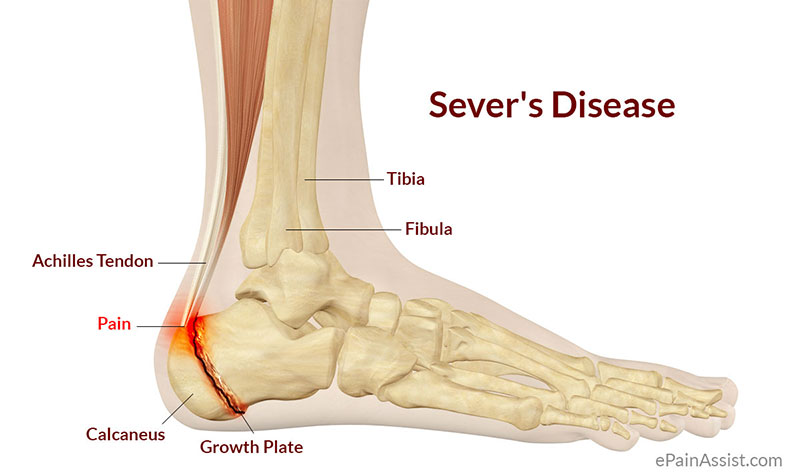
Radiographic examination is not usually required but a biomechanical assessment is necessary.
Management involves activity modification, gentle stretching of posterior leg muscles and commonly a heel raise inserted into shoes. Any biomechanical issues should be addressed along with strengthening of the foot and lower leg.
Your Podiatrist can play an important role in managing this condition.



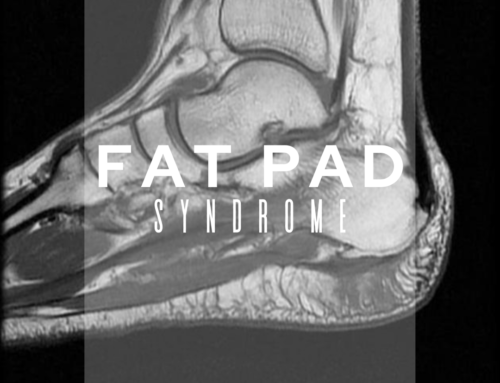
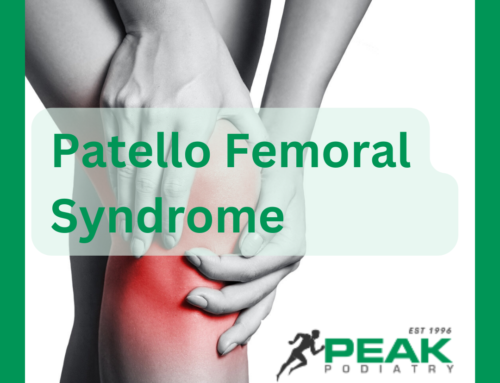
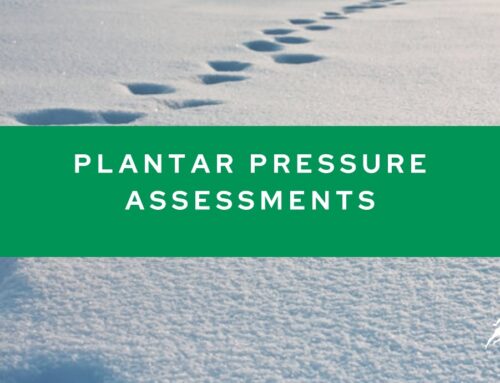
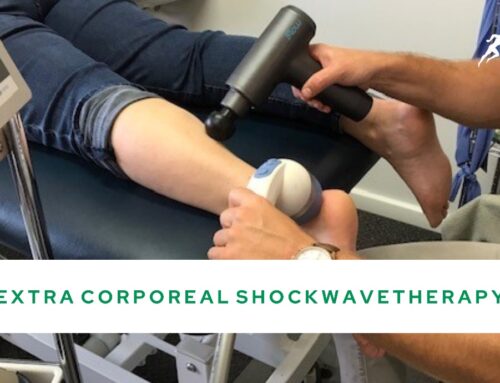

Hi Darren, My super active daughter had Severs last yr and I found it quite impossible to rest her, trialed a moon boot for 6 weeks (full time for first 3 wks – squeeze test settled and then next 3/52 only during school hrs and part time on weekend) along with local muscle releases etc worked a treat. Def would recommend in kids that never stop running and jumping. Romola (Regenerate Physio)